Creating sensory spaces for therapeutic gardens
Gardens allow us to perceive and experience the world around us. Therapeutic and sensory gardens are extra special as they engage our five familiar senses: sight, smell, touch, taste and sound.
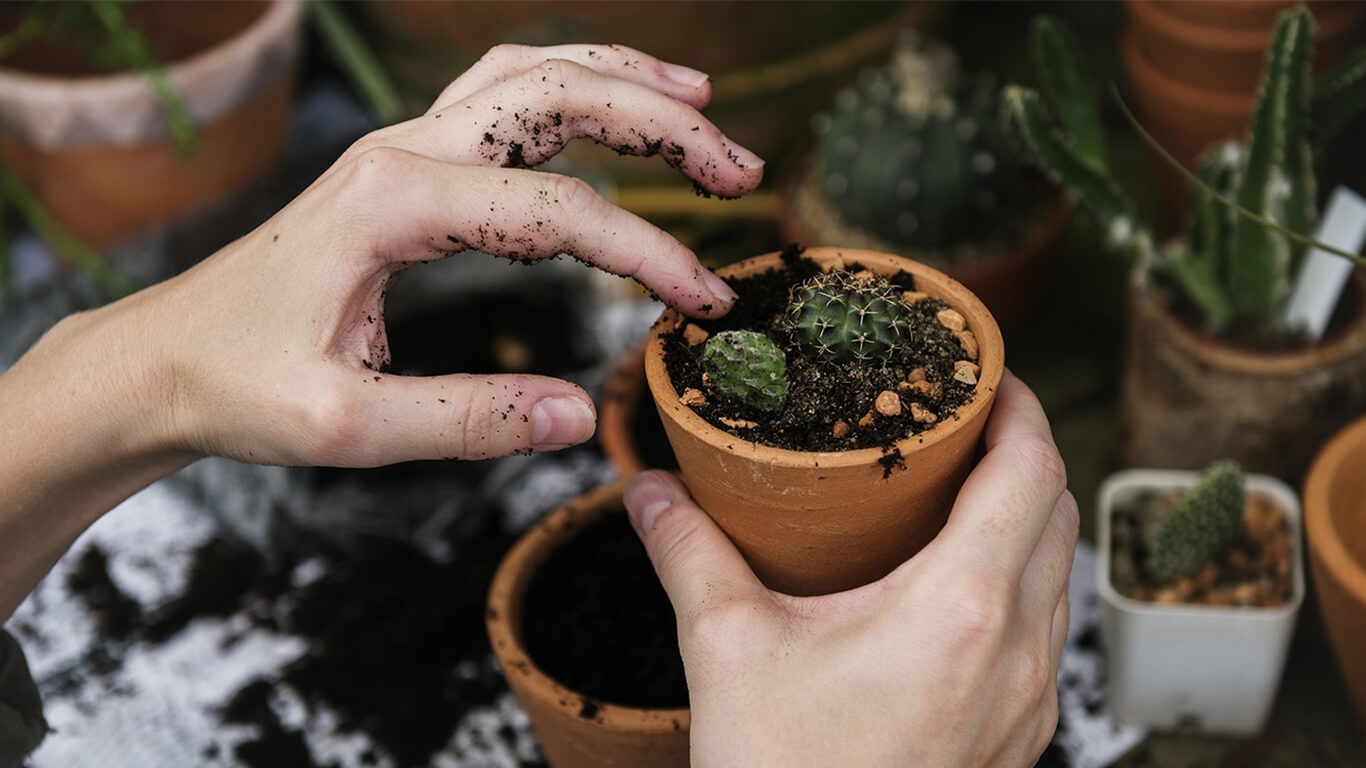
Gardens allow us to perceive and experience the world around us. Therapeutic and sensory gardens are extra special as they engage our five familiar senses: sight, smell, touch, taste and sound.
With over 600 Community Greening gardens across New South Wales we have established special spaces for a variety of ages, backgrounds, landscapes and uses. There are even gardens specifically designed for animals and native wildlife.
Sensory gardens can be places to relieve tension, reconnect with nature and create a sense of community while also improving physical and mental health.
When designing Community Greening gardens, we take the sensory garden concept a step further by creating zones through colours, textures, hard and soft landscaping and by considering non-traditional senses like temperature, space and the feeling of enclosure.
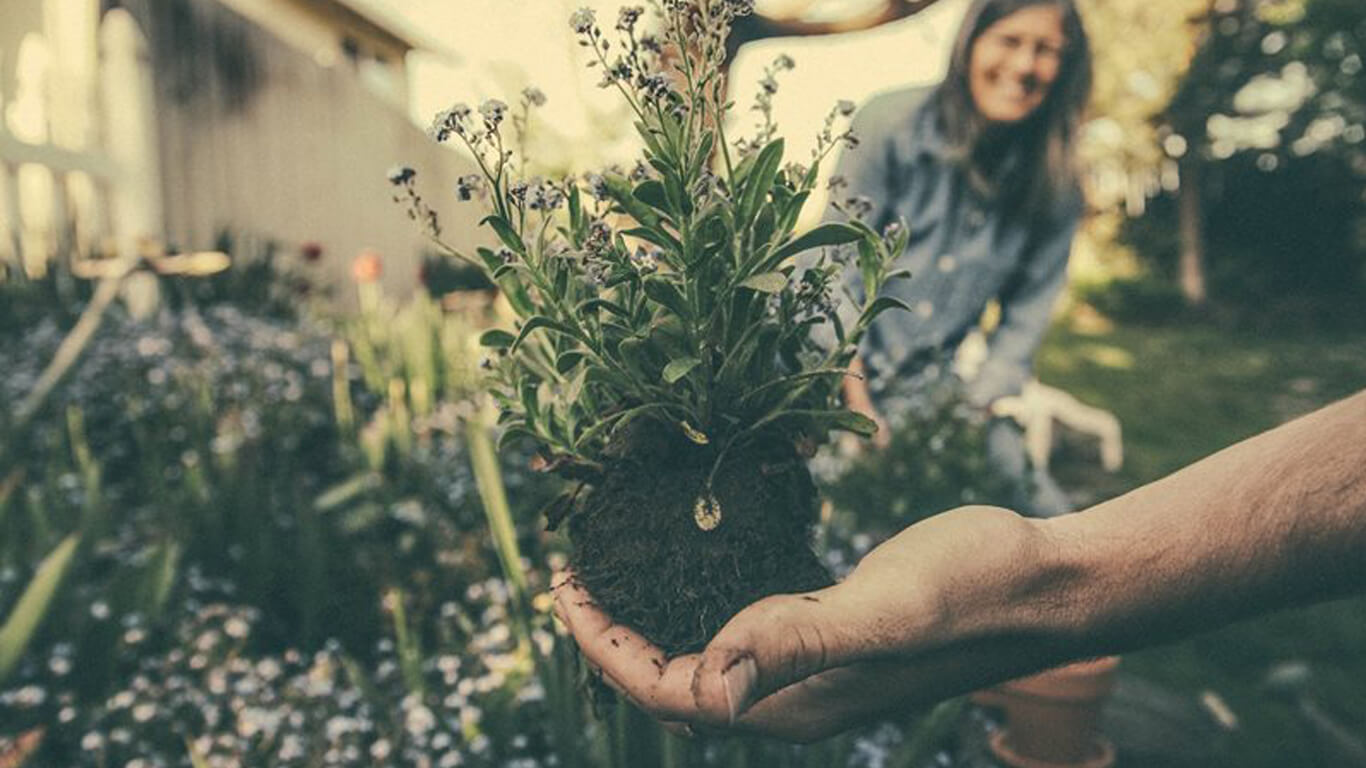
Sensory and therapeutic gardens can be used to engage all ages and abilities.
A safe space
That ultimate goal is to create a safe, welcoming atmosphere for people of all abilities to enjoy and spend more time in nature.
If you are thinking about creating a sensory garden consider the specific sensory limitations that can be explored and other ways of making the garden full of sensory pleasures.
By creating a safe space, people are encouraged to interact with plants and other elements in the garden, often directly. For instance, they may be encouraged to crush or taste a leaf or read a book on a cool, smooth rock.
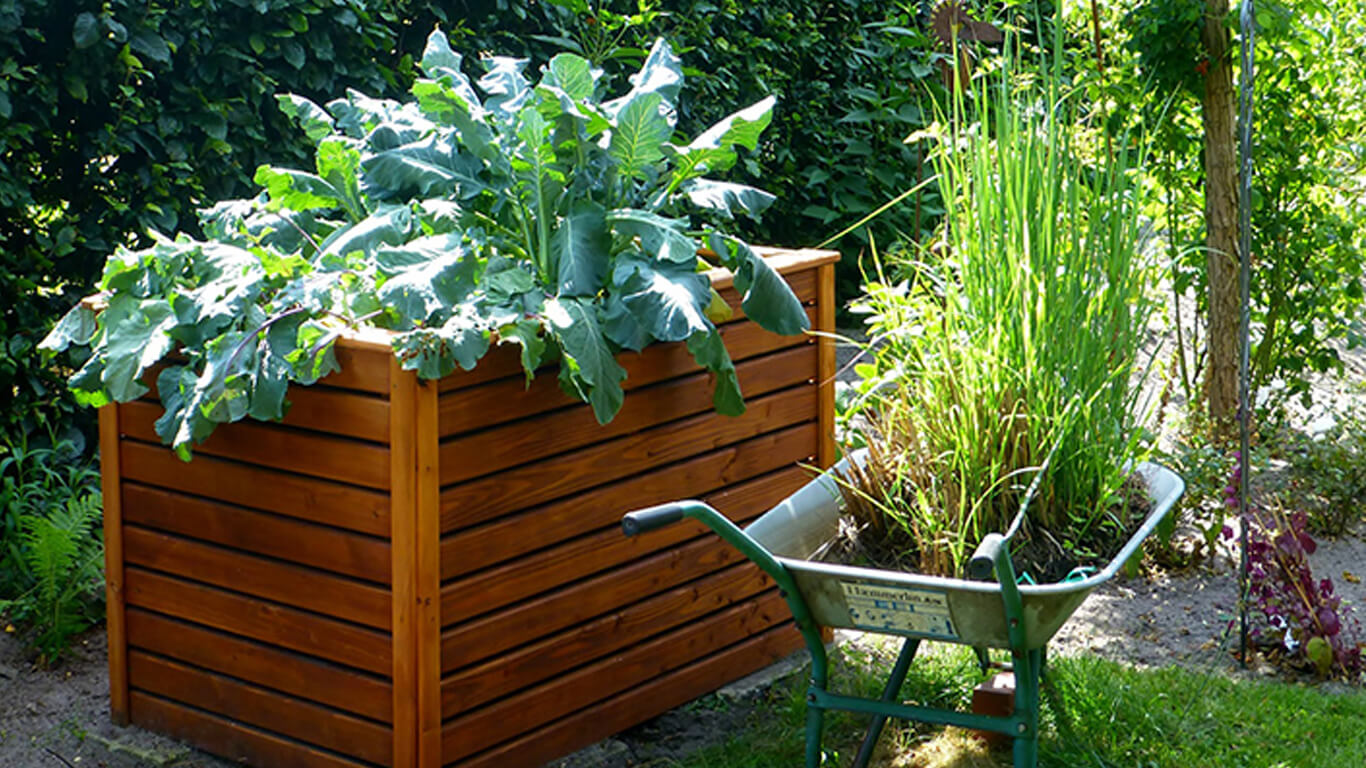
Raised garden beds are a great solution for gardeners with limited mobility.
Sensory plants
Low maintenance and hardy plant varieties such as French lavenders, bamboo, dianellas, lomandras or saltbush can cope with foot traffic and handling. Delicate flowers and herbs are a great addition to any garden and can be placed in planters or pots around the garden.
To the delight of many, some plants make sounds when dried - seed capsules rattle in the breeze and become impromptu musical instruments. Harvesting edible plants creates a sense of pride and can be recycled to make natural paints for activities in the garden. It's important to remember that all plants and garden accessories should non-toxic and sturdy.
Low maintenance and hardy plant varieties such as French lavenders, bamboo, dianellas, lomandras or saltbush can cope with foot traffic and handling.
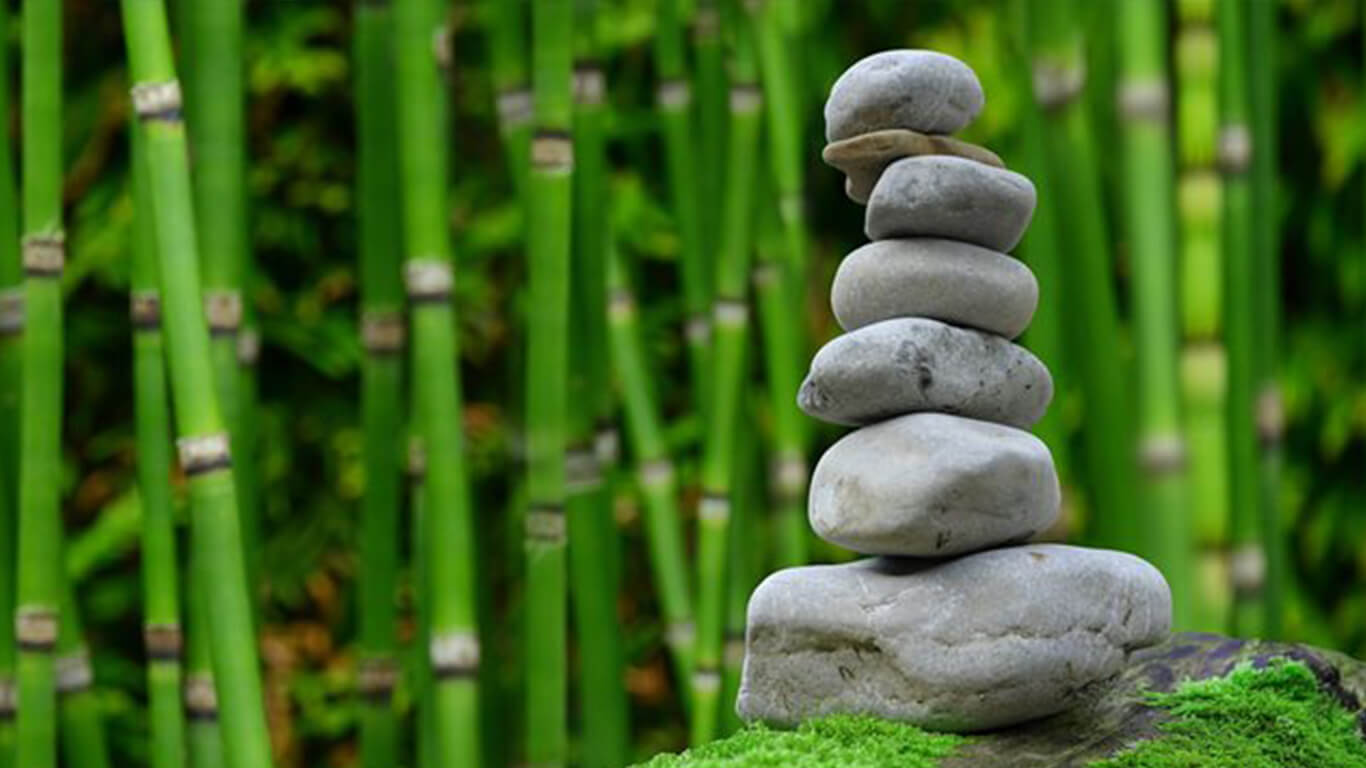
Use hardy plants and materials that can cope with handling.
Nature as a healer
Sensory gardens can be places to relieve tension, reconnect with nature and create a sense of community while also improving physical and mental health. When we surveyed Community Greening participants, many of whom have established sensory gardens, the feedback demonstrated an 85% positive effect on health and 91% said it had a positive effect on their community; 73% are exercising more and 61% are eating better.
These gardens have been introduced in the school environment to allow students to experience the restorative properties of nature and compliment their curriculum. When learning about senses, students can design signs and symbols for the garden such as mouths next to a veggie patch or noses near a bed of roses.
People are also more inclined to interact with the plants and the environment if they know it's okay to smell, touch and taste them.
Aged care facilities, hospitals, mental health and drug and alcohol rehabilitation centres also harness the power of sensory gardens to help reduce anti-social behaviours and tackle economic disadvantage.
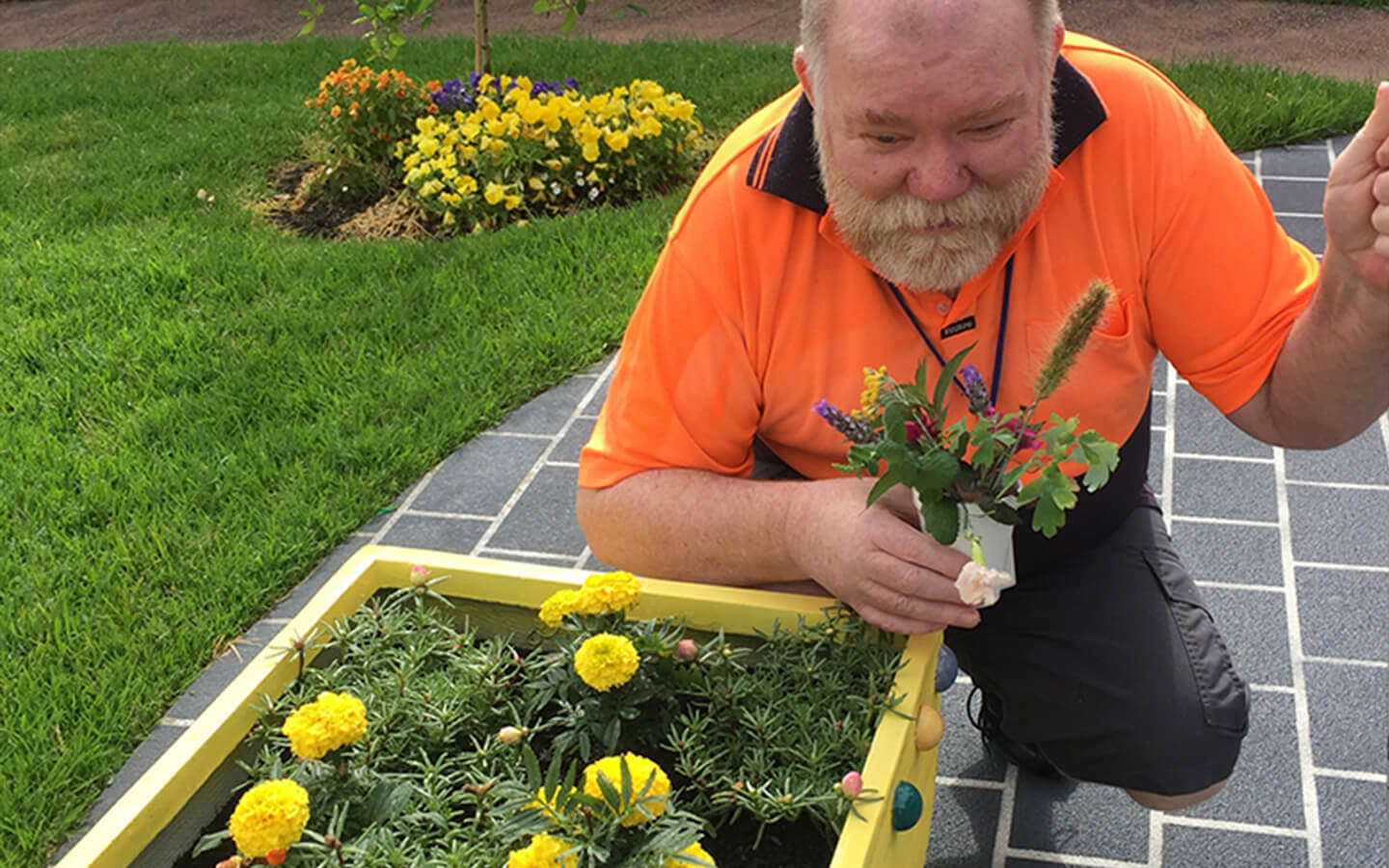
Alexi is a visually impaired gardener that uses brightly coloured pots and plants to help him see.
The Community Greening team establish special spaces for a variety of ages, backgrounds, landscapes and uses.
Visit the Herb Garden
Interested in visiting a Garden that entices with fragrant scents and textures? Read more about the Herb Garden at the Royal Botanic Garden Sydney and plan a visit.
Related stories
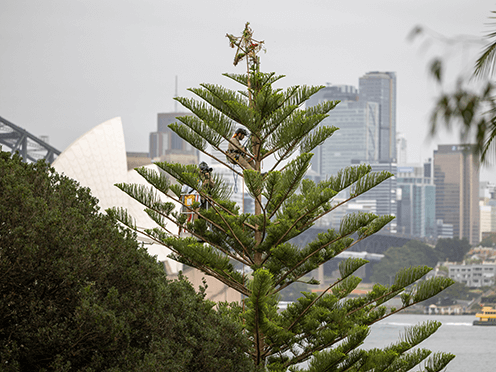
Discover the Royal Botanic Garden Sydney's very own "Christmas trees" - a festive trio of pretty pines from a lineage stretching all the way back to the time of the dinosaurs.
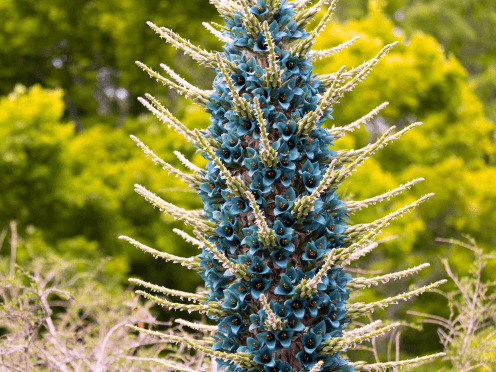
An extraordinary display of rare turquoise blooms are starting to flower at the Blue Mountains Botanic Garden Mount Tomah, with one species blooming for the first time ever.
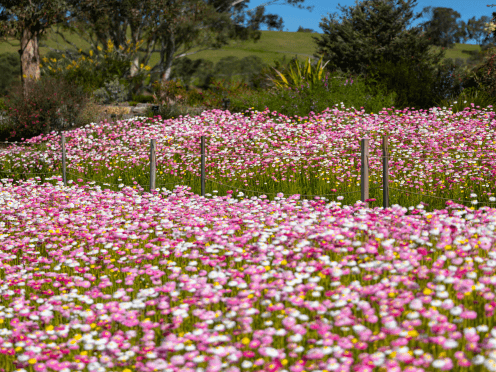
One of the largest paper daisy displays in eastern Australia is in flower at the Australian Botanic Garden Mount Annan.